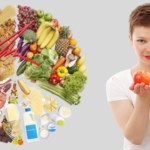15 LIFESTYLE CHANGES, WHICH CAN LOWER YOUR BLOOD PRESSURE. PART #2
1. Walk and exercise regularly
Exercise is one of the best things you can do to lower high blood pressure. It’s important to be consistent because if you stop exercising, your blood pressure can rise again. If you have elevated blood pressure, exercise can help you avoid developing hypertension. If you already have hypertension, regular physical activity can bring your blood pressure down to safer levels.
Regular exercise helps make your heart stronger and more efficient at pumping blood, which lowers the pressure in your arteries. Exercising regularly on most days of the week can help lower your blood pressure by improving your heart health.
Approximately 150 minutes a week of moderate exercises, such as walking, or 75 minutes of vigorous exercise, such as running, will help your high blood health. It is very important to be consistent, if you stop exercising, your blood pressure will rise again. Our advice: walking 30 minutes a day can help you lower your blood pressure. The more exercise the more you will reduce it.
Some examples of exercises to lower blood pressure:
- Walk
- Jogging
- Riding a bicycle
- Swim
- Dance
- High-intensity interval training
- Strength training (also include: strength stretching at least two days a week)
Long with helping lower blood pressure, regular physical activity benefits your mood, strength, and balance. It decreases your risk of diabetes and other types of heart disease.
2. Eat foods rich in potassium
If you have hypertension, increasing potassium intake to recommended levels should drop your blood pressure. A diet rich in fast foods, processed foods, carbohydrates, potatoes, and meat is low in potassium, which contributes to high blood pressure. Potassium is an important mineral because it helps your body flush sodium and relieves pressure on blood vessels.
Today, modern diets have increased sodium intake in most people, which means that they also decrease potassium intake. For a better balance of potassium to sodium in your diet, try eating fewer processed foods and more fresh, natural foods.
Here is a list of foods that are particularly high in potassium:
- Dairy, such as milk and yogurt.
- Fish, such as tuna and salmon
- Vegetables, and especially green leafy vegetables “spinach, and lima beans”, tomatoes, potatoes, and sweet potatoes.
- Nuts and seeds
- Fruits, we include melons, bananas, avocados (they contain more potassium than any other vegetable or fruit, including bananas), oranges and apricots.
- The beans.
Eating more fresh fruits and vegetables, which are rich in potassium, can help lower blood pressure. As approximate data, it is recommended daily intake of 3,000 to 3,500 mg of potassium through foods such as bananas, tomatoes, and other vegetables is recommended.
According to the American Heart Association, less than 2 percent of Americans get the recommended grams per day. If you have significant kidney disease, you should be careful not to consume too much potassium, as your kidneys may not be able to eliminate it. Be very careful.
3. Manage stress naturally
Today in our fast-paced world of growing requests, it can be very difficult to slow down and relax. It’s important to be able to relieve your stress as too much can keep your blood pressure up for long periods of time. Chronic stress can contribute to high blood pressure. There are many reasons why you can be stressed. Take time to think about what the causes may be. It may be your job, finances, or relationship.
Here are tips you can try:
- Listen to soothing music: Calming music can help relax your nervous system it’s an effective complement to other blood pressure therapies
We invite you to visit our channel where you can find music that will help calm the stress. click here
- Relax and do activities with which I enjoyed: Take time each day to sit quietly and breathe deeply meditating, find a way to relax your mind, body, and blood pressure.
Relaxation methods to reduce stress include deep breathing, progressive muscle relaxation, mental imagery relaxation, relaxing to music, practicing yoga, meditation. Spend time on enjoyable activities or hobbies on your schedule, like walking, cooking, what you like or are passionate about.
- Change your expectations: plan your day and focus on your priorities, and learn to say no. Focus on issues you can control and make plans to solve them.
- Talk to Someone: Just talking to someone about how you feel can be helpful.
- Manage to channel Your Time: At times, we all feel overburdened by our ‘To Do’ list and this is a common cause of stress
Learning to say “No”: A common cause of stress is having too much to do and too little time in which to do it.
- Get More Sleep: A lack of sleep is a significant cause of stress. Should be sure to get adequate sleep in order to relax their mind and body. Naps may be necessary.
SUBSCRIBE & activate the BELL on YOUTUBE to be notified as soon as we upload a new video.
4. Practice meditation or try to breathe deeply.
We know that these two practices could also be included in the “stress reduction techniques”, meditation and deep breathing deserve specific mention. Both meditation and deep breathing are believed to activate the parasympathetic nervous system. This system is activated when the body relaxes, lowering the heart rate, and lowering blood pressure.
There is quite a bit of research in this area, with studies showing that different styles of meditation seem to have benefits, seem to produce small but significant reductions in blood pressure, either alone or in combination with medications. There is also research that found that transcendental meditation and mindfulness-based stress reduction can produce clinically significant reductions in systolic and diastolic blood pressure.
Deep breathing techniques can also be quite effective. In one study that was conducted, participants were asked to take six deep breaths over the course of 30 seconds or to only sit still for 30 seconds. Everyone who took breaths lowered their blood pressure even more than those who simply sat down.
Do this breathing exercise every day to help and bring you health. Use five minutes of your time to sit quietly and repeat a mantra like “This will also happen” or “Breathe” you will simply notice the benefits. Try a guided meditation or deep breathing.
REMEMBER: you can do both meditation and deep breathing to activate the parasympathetic nervous system, this will help you lower your heart rate and lower your blood pressure.
5. Cutting your salt intake
Reducing your salt intake is probably the most important way to lower your blood pressure. It is recommended that the consumption of salt in the diet is less than 4 grams for people with hypertension and less than 6 grams of salt per day in the general population.
For this reason, public health strives for health and aims to reduce salt in the food industry. Sodium is hidden in many foods, avoiding sodium is very difficult, you should cook everything from scratch at home, never eat out, and avoid processed foods of any kind, including bread. It is a difficult truth, but not impossible.
REMEMBER: Some salt substitutes contain sodium, the substance in salt that increases blood pressure!
6. Drink less alcohol and limit the amount you drink.
Drinking a glass of red wine with your dinner may be fine. It might even offer heart-health benefits when you take in moderation. But drinking too much alcohol can lead to many health problems, including high blood pressure.
What does it mean to drink in moderation? Drink less! generally, those men should limit their consumption to two alcoholic drinks per day, and women should limit their consumption to one alcoholic drink per day.
Alcohol can be both good and bad for your health. By drinking alcohol only in moderation you can potentially lower your blood pressure by about 4 mm Hg.
7. Cut back on caffeinated beverages how Coffee
Cut down on caffeinated beverages like coffee. We still don’t know very well the role that caffeine plays in blood pressure. However, despite the fact that there is not much evidence to suggest that drinking caffeine regularly can cause a lasting increase.
Caffeine can cause a short-term increase in blood pressure. Although the long-term effects of caffeine on blood pressure are unclear, blood pressure may increase slightly.
If your blood pressure rises from 5 to 10 mm Hg, you may be sensitive to the effects of caffeine. To see if caffeine raises your blood pressure, check your blood pressure within 30 minutes after drinking a caffeinated drink. Explain to your doctor about the effects of caffeine on your blood pressure.
8. Don’t smoke “Quit smoking”
Quitting smoking helps bring your blood pressure back to normal and can reduce your risk of heart disease by improving your overall health. Each cigarette you smoke raises your blood pressure.
In heavy smokers, blood pressure can stay elevated for long periods of time, and you are at increased risk of developing dangerously high blood pressure, heart attack, and stroke.
Even a smoker’s smoke can increase the risk of high blood pressure and heart disease. Quitting smoking can help bring blood pressure back to normal and provide many other health benefits,
REMEMBER: Don’t smoke “We know that smoking damages the lining of blood vessels, as does high blood pressure, so it stands to reason that you shouldn’t smoke.”
9. Lose extra pounds If you’re overweight.
Blood pressure often increases as weight increases. Losing weight can make a big difference for your heart health and can help your blood vessels do a better job of expanding and contracting, making it easier for the left ventricle of the heart to pump blood.
Besides shedding pounds, you generally should also keep an eye on your waistline. Carrying too much weight around your waist can put you at greater risk of high blood pressure.
The extra fat around your waist, called visceral fat, is very troublesome. What it does is It generally surrounds various organs in the abdomen and which can lead to serious health problems, including high blood pressure.
In general and depending on each person or ethnic groups:
- Men are at risk if their waist measurement is greater than 40 inches (102 centimeters).
- Women are at risk if their waist measurement is greater than 35 inches (89 centimeters).
REMEMBER: Losing weight can significantly lower high blood pressure. This effect is even greater when you exercise.
10. Eat a healthy diet “DASH diet”
It can lower your blood pressure by eating a diet that is rich in fruits, vegetables, low-fat dairy products, and whole grains. Boosting potassium can lessen the effects of sodium on blood pressure. This eating plan is known as the Dietary Approaches to Stop Hypertension (DASH) diet can lower your blood pressure by as much as 11 mm Hg systolic.
Eliminating foods that are high in saturated fats, such as processed foods, full-fat dairy products, and fatty meats. It also helps to cut back on desserts and sweetened beverages, such as soda and juice. This diet (DASH) diet was created to lower blood pressure.
REMEMBER: It emphasizes fruits, vegetables, whole grains and low-fat dairy.
Be a smart shopper. Read food labels when you shop and stick to your healthy-eating plan when you’re dining out, too. You can get it
11. Diets rich in calcium
People with low calcium intake sometimes have high blood pressure. Although calcium supplementation has not been conclusively shown to lower blood pressure, diets rich in calcium appear to have healthy levels.
For most adults, there is a calcium recommendation of 1,000 mg per day. For those women over 50 and men over 70, it’s 1,200 mg per day. We all believe that only dairy provides calcium, but you can get calcium from kale and other leafy green vegetables, beans, sardines, and tofu.
REMEMBER: diets rich in calcium are related to healthy blood pressure levels. You can get calcium also through green leafy vegetables and tofu, as well as classic dairy products.
12. Diets rich in magnesium.
Many people do not get enough magnesium deficiency; it is quite rare. Magnesium is an important mineral that helps relax blood vessels. Getting too little magnesium is thought to be linked to high blood pressure, but the evidence has been less clear.
Still, eating a diet rich in magnesium is a recommended way to avoid high blood pressure. You can incorporate magnesium into your diet with vegetables, dairy products, legumes, chicken, meat, and whole grains.
REMEMBER: magnesium is an important mineral that helps regulate blood pressure. You can find it in whole foods, like legumes and whole grains.
13. Eat natural supplements
There are natural supplements that can also help lower blood pressure.
We present you some of the main supplements that have evidence behind them:
Berberine: Traditionally used in Ayurvedic and Chinese medicine, berberine can increase the production of nitric oxide, which helps lower blood pressure.
Whey Protein – A 2016 study showed that whey protein improved blood pressure and blood vessel function in 38 participants.
Fish Oil – Long credited with improving heart health, fish oil can benefit people with high blood pressure.
Hibiscus: Hibiscus flowers are used to prepare a tasty tea. They are rich in anthocyanins and polyphenols that are good for the heart and can help lower blood pressure.
REMEMBER: Natural supplements have been investigated and will continue to be investigated for their ability to lower blood pressure.
14. Check your blood pressure at home.
Monitoring your blood pressure at home can help you make sure that your lifestyle changes are working. Blood pressure monitors are widely available without a prescription. Regular visits with your doctor are also key to controlling your blood pressure. If you monitor your blood pressure, check with your doctor about how often you need to monitor it.
See your doctor regularly
15. You are not alone, seek support
Your family and friends will be there to help you improve your health. They can encourage you to take care of yourself, accompany you and take you to the doctor’s office, or do an exercise program with you to keep your blood pressure down.
If you need support beyond your family and friends, consider joining a support group. This can put you in touch with people who can give you an emotional or moral boost and who can offer practical advice for treating your high blood pressure condition.
We invite you to watch our videos related to this topic on our YOUTUBE channel..

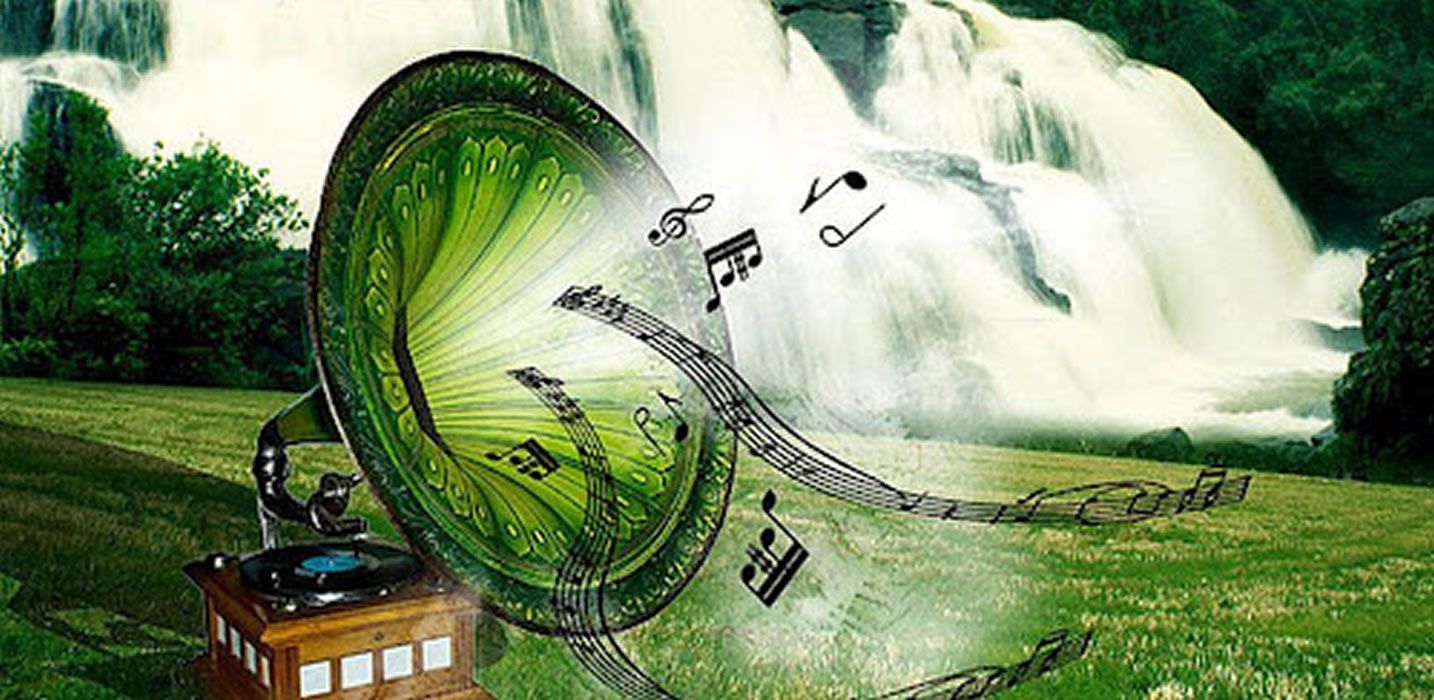


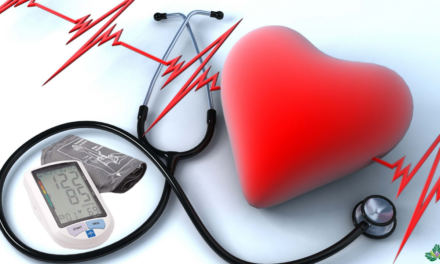

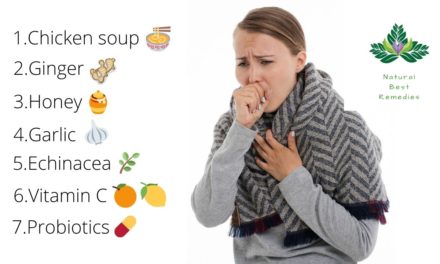
![GINGER benefits [Uses and contraindications]](https://naturebestremedies.com/wp-content/uploads/2021/06/GINGER-BENEFITS-USES-AND-CONTRAINDICATIONS-440x264.png)
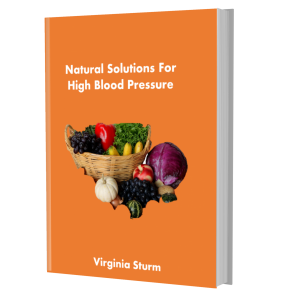
![GINGER benefits [Uses and contraindications]](https://naturebestremedies.com/wp-content/uploads/2021/06/GINGER-BENEFITS-USES-AND-CONTRAINDICATIONS-150x150.png)


